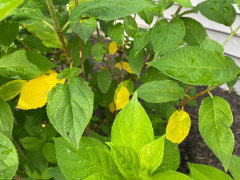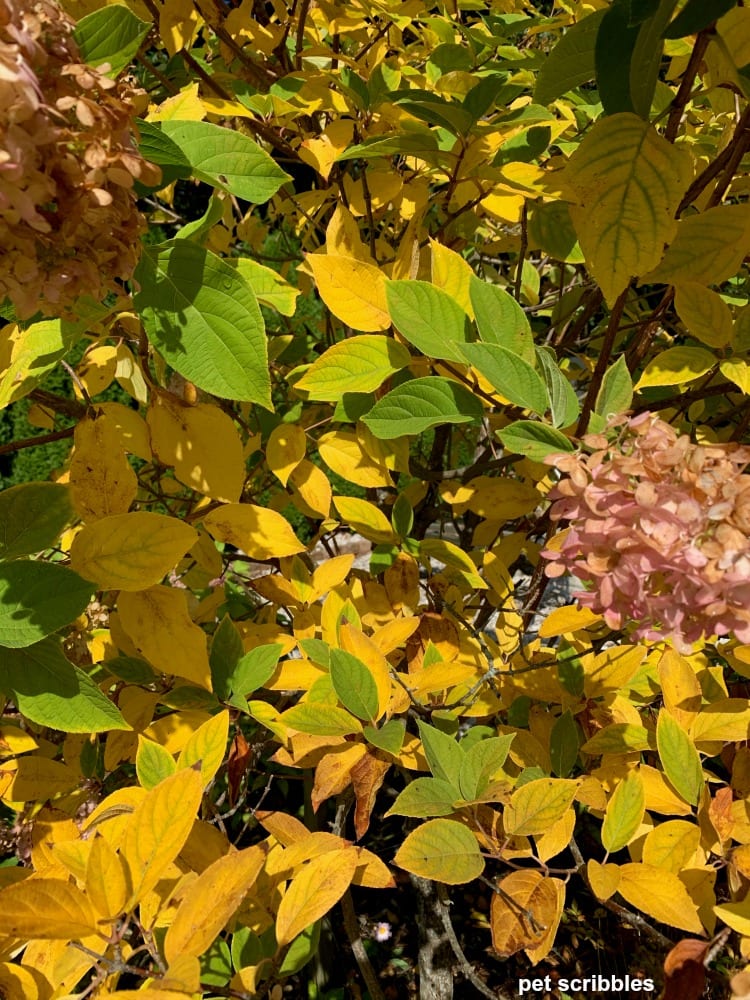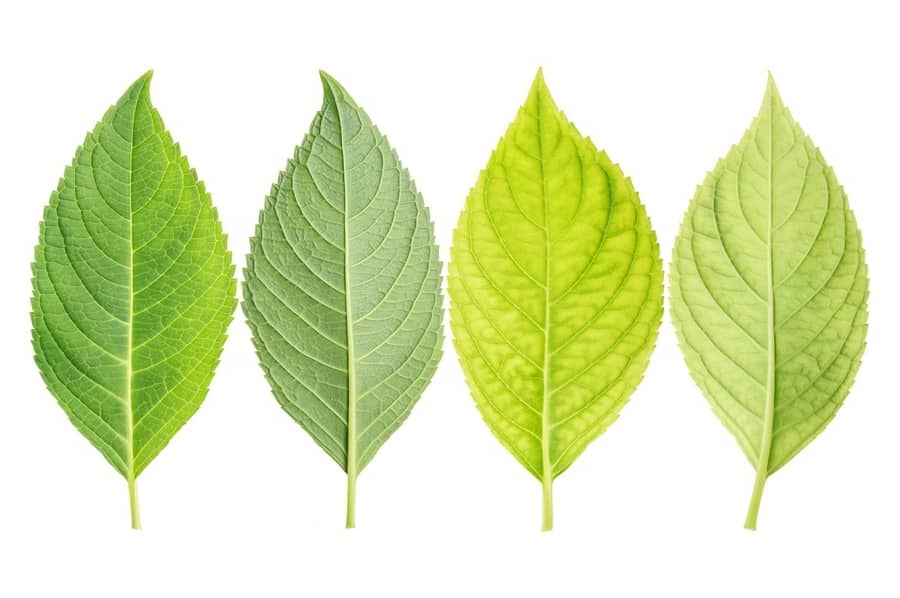The Single Strategy To Use For Hydrangea Leaves Turning Yellow
7 Simple Techniques For Hydrangea Leaves Turning Yellow
Table of ContentsAn Unbiased View of Hydrangea Leaves Turning YellowHydrangea Leaves Turning Yellow Can Be Fun For AnyoneThe Main Principles Of Hydrangea Leaves Turning Yellow The Main Principles Of Hydrangea Leaves Turning Yellow
These concerns are very easy to recognize and repair if you take steps before root rot sets in. A moisture meter can help direct you to the finest technique of improvement (Hydrangea Leaves Turning Yellow). Large fallen leaves typically look saggy during the afternoon heat. When they fail to perk up at night or still look wilted in the early morning, your plant can be overwatered.Get rid of the plant from the dirt and prune out any origins that aren't white and turgid (plump). Replant in a brand-new place or work some sand right into the dirt for better drainage.
Include a little bit of distilled water, mix the components, and drain pipes the additional water. Place a p, H testing strip in and wait for an analysis.
Sphagnum moss or peat moss protects against the dirt from compacting and betters soil drain while additionally raising the soil's acidity. You can spread sulfur chips in your hydrangea dirt.
The 8-Minute Rule for Hydrangea Leaves Turning Yellow
This is one excellent factor to repot houseplants frequently (though there are others, such as root advancement for example). It is likewise why houseplants require a much stricter fertilizing routine than many outdoor plants. When a hydrangea houseplant lacks nutrients, its fallen leaves will certainly be the initial to reveal the indications.

The majority of liquid plant food requires dilution with water to decrease the focus rather. You will certainly also need to fertilize the plant manually and routine periods. When springtime starts in March, it's the active growing season for numerous houseplants, including hydrangeas. Now, you need to start your feeding routine. Apply liquid plant food to your hydrangea due to the fact that this things, as I mentioned previously, is fast-releasing.
The dripline is the location located under the foliage that is the furthest away from the center of the plant. So instead of applying feed to the center of the plant it is best to focus it mostly description in the external locations of the pot. If you prefer to use a slow-release fertilizer such as granular or spike fertilizer, then cover either kind with some soil after you place them.
Getting My Hydrangea Leaves Turning Yellow To Work

Although the hydrangea is surprisingly frost-resistant, once temperatures start entering the 20s, the plant is in serious danger. If the temperatures remain in the reduced 10s, that threat is much more extreme still. Obviously this is even more of a problem with exterior plants so if you maintain potted hydrangea outside you must bring them inside your home in very cold weather problems or perhaps think about relocating them inside throughout of the winter.

A dehydrated hydrangea, A huge issue with several houseplants is root rot. Root rot happens when you overwater a plant and due to the fact that it is such a common issue (specifically with succulents) several houseplant owners are fearful of overwatering their plants. Nevertheless, hydrangeas need even more watering that the majority of other common houseplants and can end up being dehydrated when they are underwatered (Hydrangea Leaves Turning Yellow).
6 Easy Facts About Hydrangea Leaves Turning Yellow Described
Be definitely sure that your hydrangea is dried out due to a lack of water and not due to it be offered as well much water (more on this later). Overwatering is a significant issue read review if you cut corners on its water demands even a little bit, your hydrangea will certainly be quick to reveal it.
The most effective means to identify if your hydrangea is undersea is to check the wetness degrees in the dirt. By utilizing a reliable but economical wetness and p, H tester, or by sticking your finger right into the soil, you get redirected here will rapidly inform if the plant requires water. To obtain your hydrangea watering practices on the ideal track, you require to be conscious concerning the dampness degrees in its soil.
When you eliminate your finger from wet dirt it will certainly have tiny quantities of soil residue stuck to it. Dry soil will mean your finger comes out clean or with dry soil that is easily blown away. If it's wet, and the plant has yellow fallen leaves after that the plant has actually likely been overwatered and you will certainly require to adhere to the advice given in the section listed below.